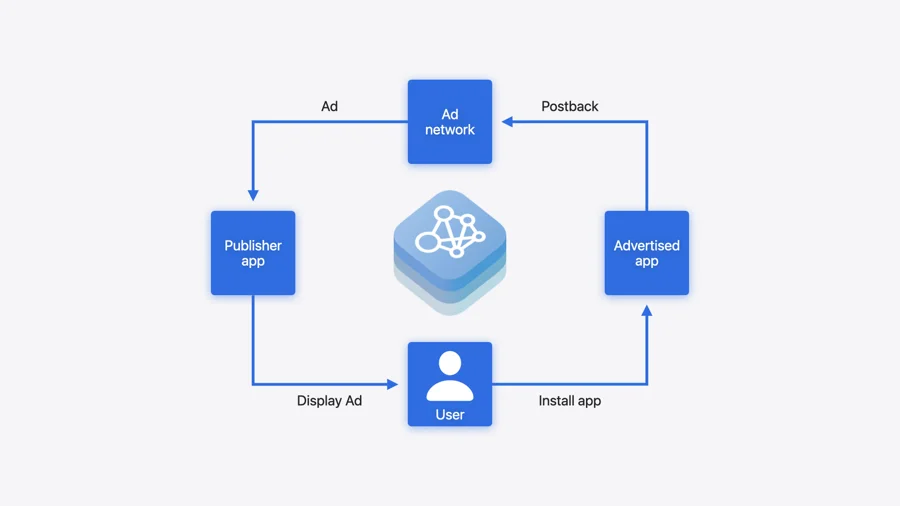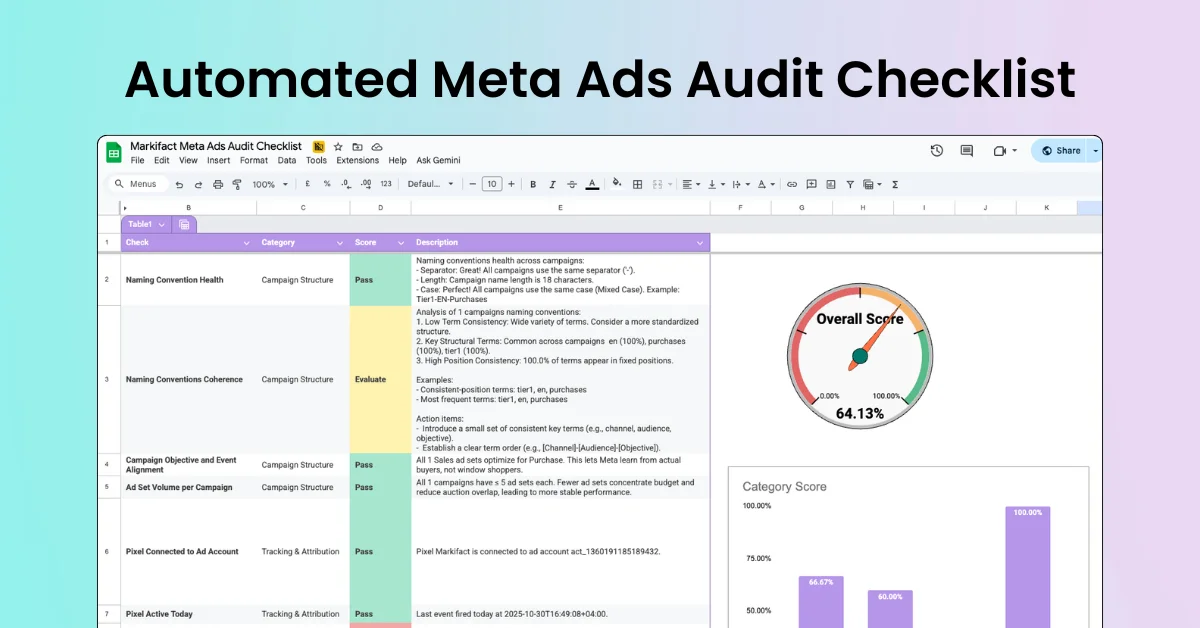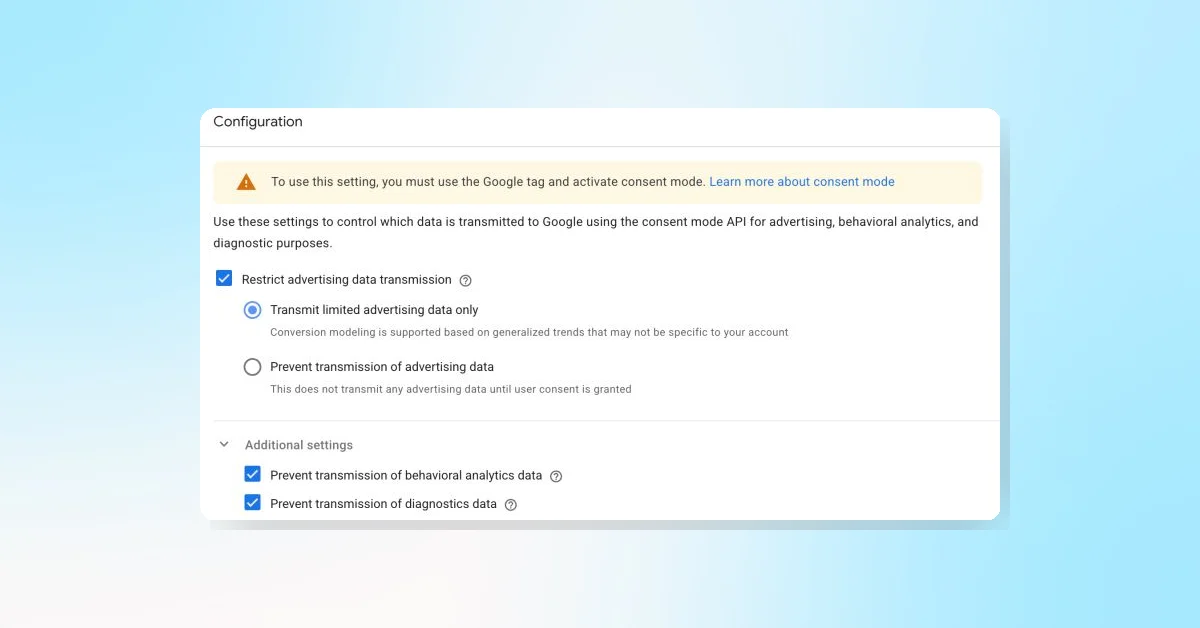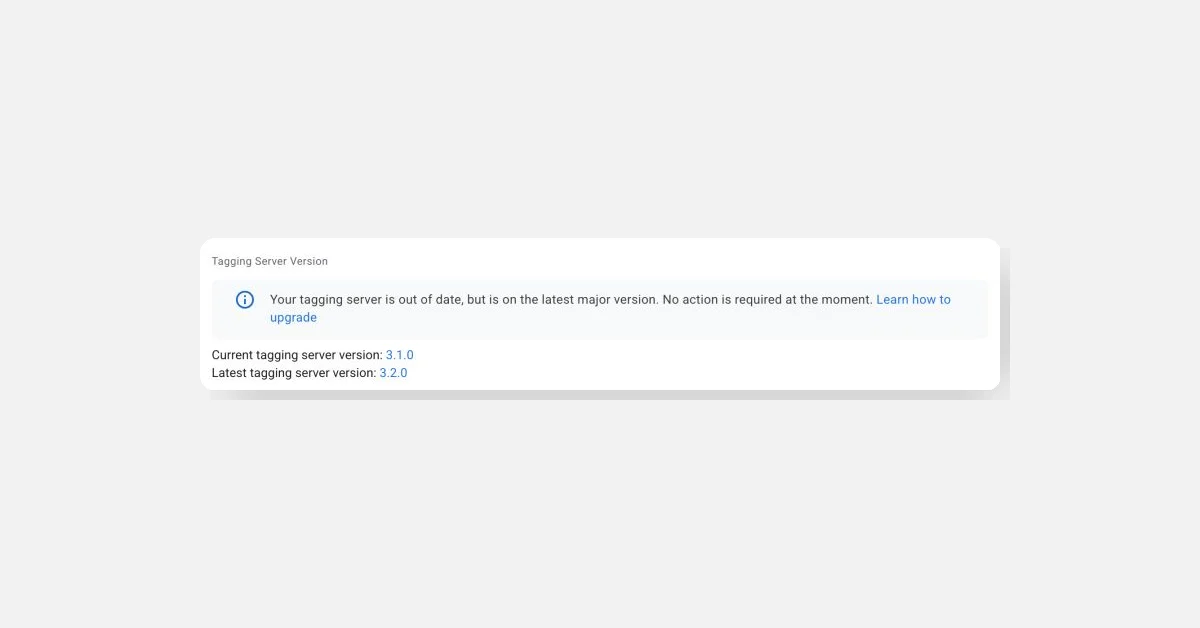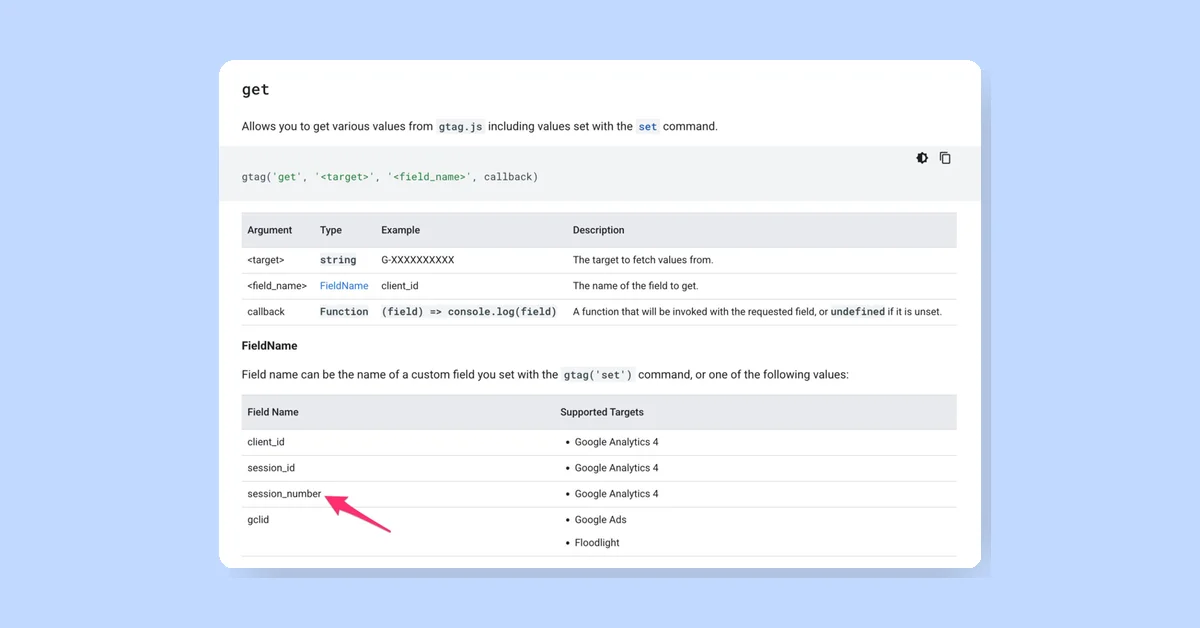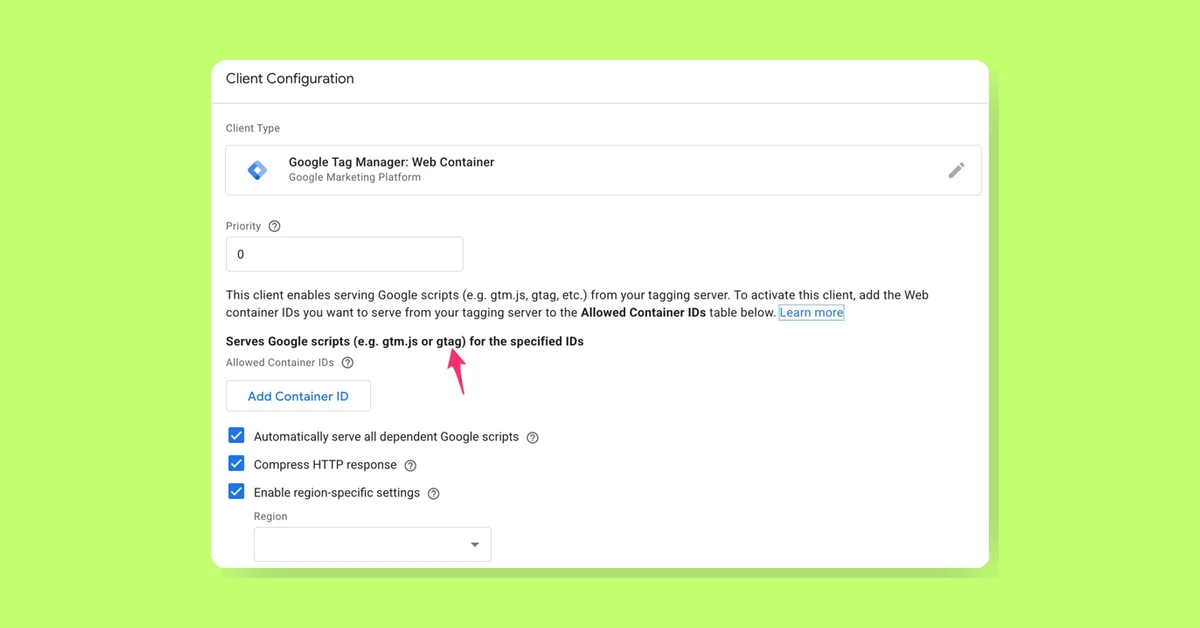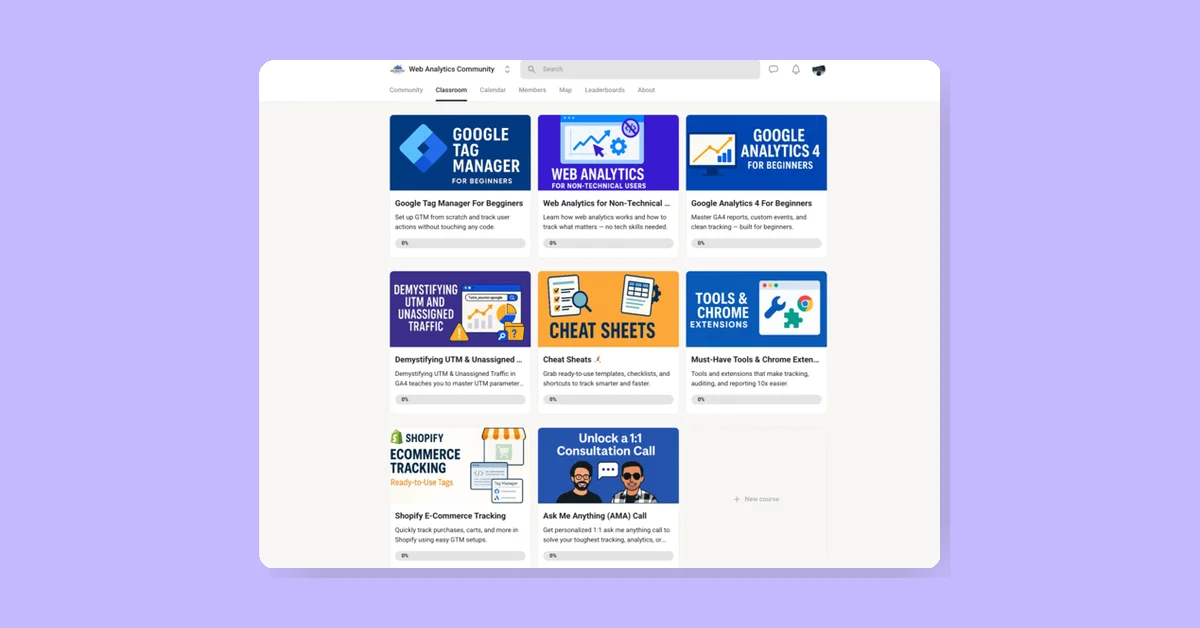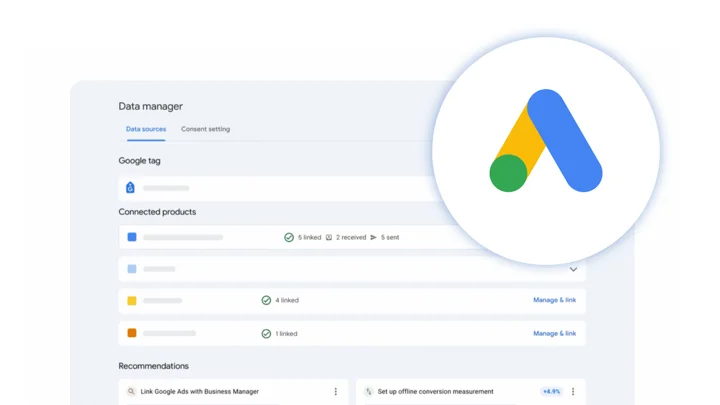Apple is introducing AdAttributionKit, a new iOS framework for privacy-preserving ad attribution, expected to replace the SKAdNetwork. This framework supports re-engagement, click-through attribution, JWS-formatted impressions, and postbacks. Apple hosted a session at WWDC24 to provide a deep dive into the framework, including code snippets and best practices.
Why AdAttributionKit Will Replace SKAdNetwork
SKAdNetwork, Apple's previous framework for app ad attribution, faced several limitations and failed to gain widespread adoption. Advertisers were reluctant to demand compatibility from their partners without incentives or repercussions, and ad platforms and attribution tools were not proactive in implementing it. AdAttributionKit aims to address these issues, helping advertisers measure ad campaign success while maintaining user privacy.
Interestingly, mentions of SKAdNetwork version 5 are nowhere to be found on Apple's website. It looks like any plans for updates to SKAdNetwork with re-engagement features have been dropped.
Participants and Their Roles
The API involves three main participants:
Ad Networks:
- Sign ads and receive install-validation postbacks after conversions.
- Register with Apple to get an ad network ID.
- Serve signed ads to publisher apps.
- Verify postbacks.
Publisher Apps:
- Display ads from ad networks.
- Add ad network identifiers to their Info.plist file.
Advertised Apps:
- Update conversion values as users engage with the app.
- Optionally, specify a server URL to receive winning install-validation postbacks.
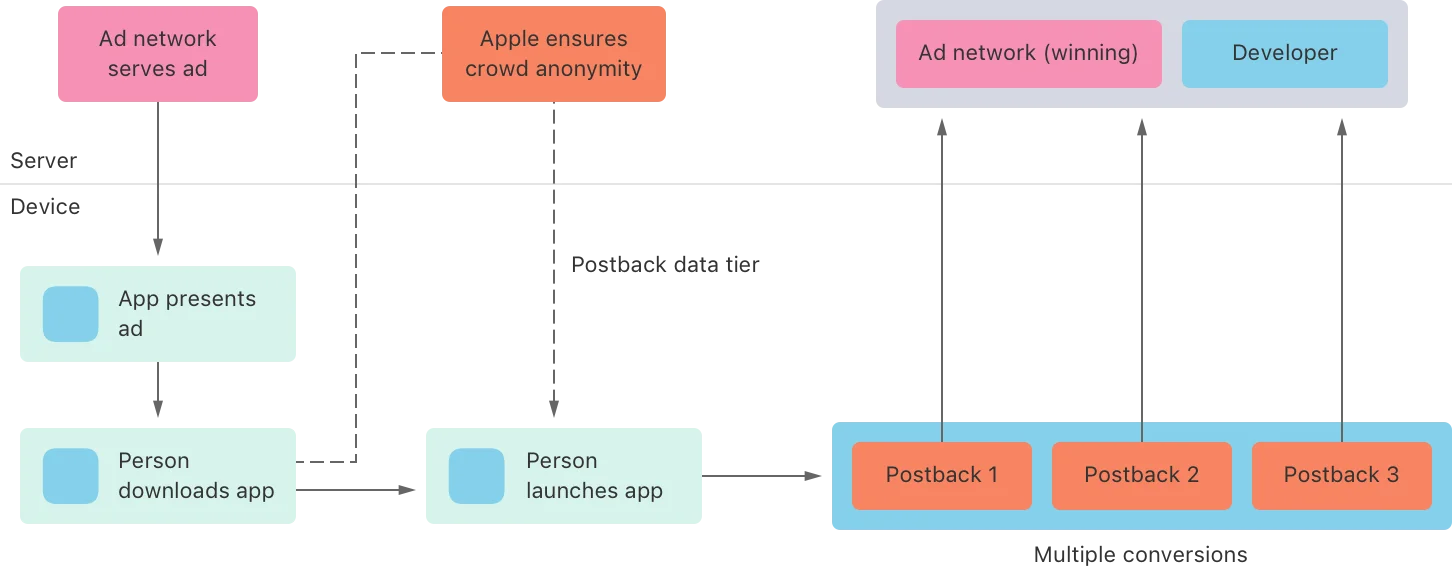
Apple determines a postback data tier for the app download, and the device uses the tier later to determine the level of detail the postback can contain to help ensure crowd anonymity. For more information about the postback contents and the data tiers, see Receiving postbacks in multiple conversion windows.
If the user launches the app within an attribution time-window, the ad impression is eligible for install-attribution postbacks. As the user engages with the app, the app updates the conversion value. The system gives three conversion windows if the ad network meets the criteria for conversion. The system sends the postbacks to the ad network, and to the app’s developer if they opt in to receive postbacks.
Below is the path of ad impressions that qualify for, but don’t win, the ad attribution. Up to five ad networks receive a single nonwinning postback.
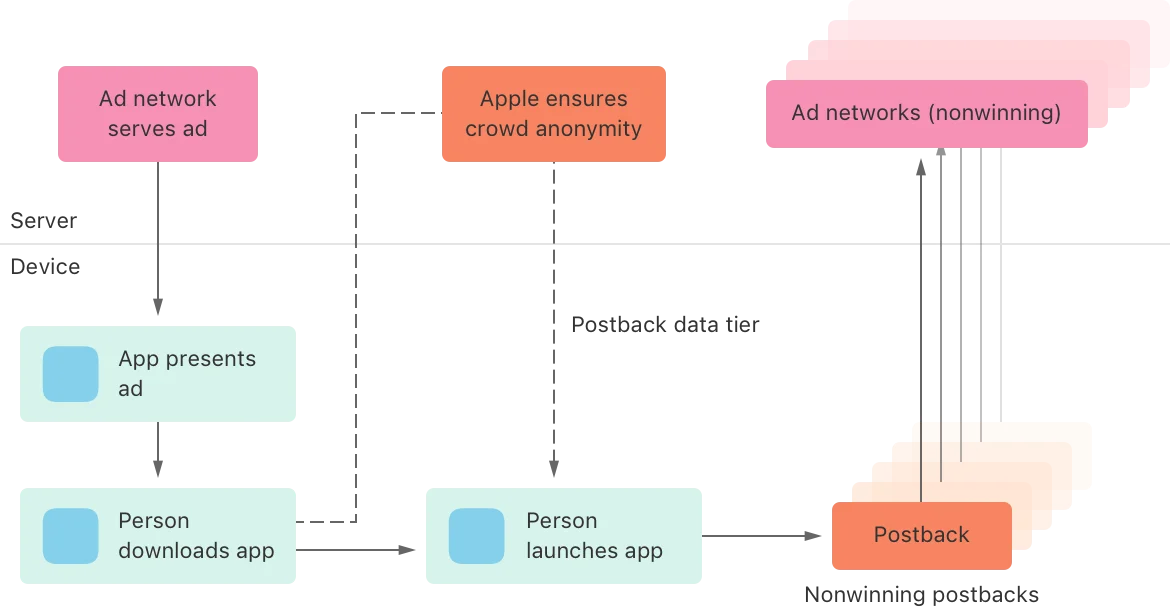
Privacy Considerations
Apple's ad attribution APIs are designed to maintain user privacy. Apps do not need to use App Tracking Transparency before calling Ad Attribution APIs and can call these APIs regardless of their tracking authorization status. For more information, refer to User Privacy and Data Use.
